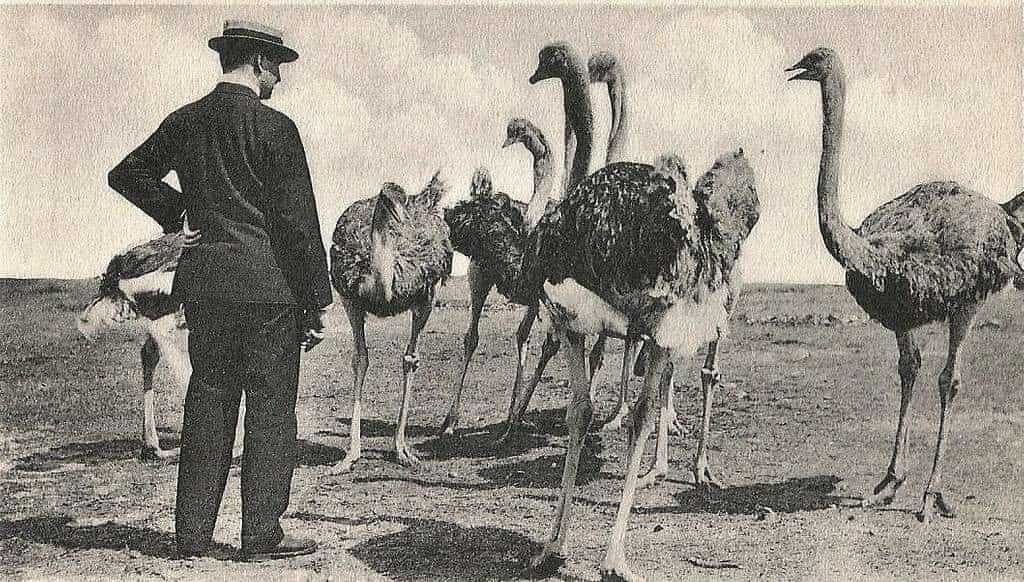In 1932, Australia witnessed one of its most unusual military operations, often remembered as the “Emu War.” It was not a war between nations but a struggle between humans and flightless birds. The event took place in Western Australia, where thousands of emus – large, fast, flightless birds native to the country – began wreaking havoc on farmlands shortly after World War I.
View this post on Instagram


